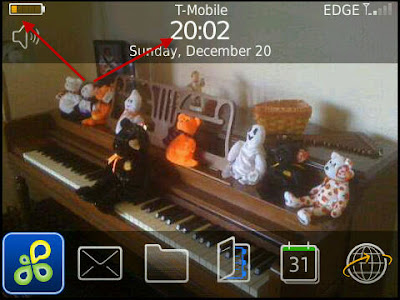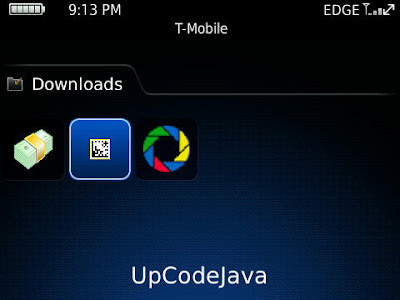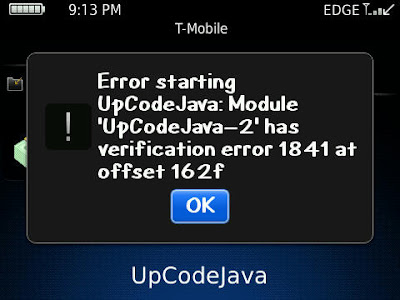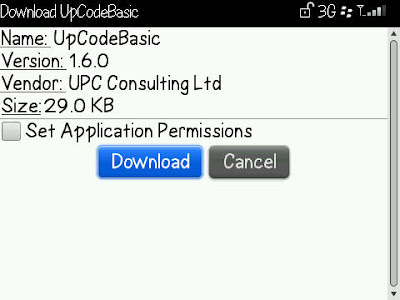
Below are reprints of a number of much older entries - the first is on the topic of profiling; the second some basic math concepts for security; the third re a reliance on "science and technology" to ensure safety; and the fourth a framework against terrorism. Reading and integrating all four might be useful in achieving a holistic view of the issues.
Following the terrorist attacks of 9/11 there have been many discussions regarding "profiling" at airports. These discussions have been chaotic, with proponents and opponents firmly entrenched in their positions and talking past each other. The inability to have a useful and substantive discussion has mainly been due to the lack of a common agreement of what constitutes "profiling". The following is a very brief attempt to focus in on profiling, and to provide an example of a system that might be used for profiling airline passengers for increased scrutiny......
Profiling is not simply picking out a certain racial or demographic group for increased scrutiny. Besides being unethical and possibly illegal, this is also inefficient and of limited utility. The use of overly broad categories (e.g. Middle-Eastern looking males, dark-skinned men with beards, etc..) will only result in the identification of many people for increased scrutiny. This results in an increase in the dissatisfaction of the target group without a commensurate increase in real security. Profiling is the judicious use of a select group of specific criteria designed to shrink as much as possible the universe of subjects to be identified for increased scrutiny. These criteria need to be focused on the target that is to be screened for. By this means resources may be deployed effectively with a much higher probability of identification of the target, resulting in a real increase in security.
For example, the following is a system that could be used for airport profiling. Each passenger would be assigned different weights for a number of criteria based on subject demographics, travel information, and environmental factors:.
a) Demographic data:
- Country of origin. A weight between 1 and 10 by country of origin, e.g. Saudi Arabia 10, Switzerland 1
- Age - 18-40 +4 / >60 -4
- Gender - Male +5 / Female -1
- One-way ticket +4
- Ticket purchase: >6 months prior to trip -2 / 4-6 months prior to current trip +1 /
- No luggage +2
- A weight between 1 and 10 by country of visit for each overseas trip in the previous 3 years (e.g. France, Germany, U.K. +10, Iran +5, Hong Kong +2, Switzerland +1, etc.)
- US citizen > 20 years -7
- US citizen 10-20 years -3
- US resident > 20 years -5
- US resident 10-20 years -2
- High alert +10, medium alert +5
For this system to work it would be necessary that:
- The criteria and weightings not be public knowledge, to prevent terrorists 'gaming' the system.
- The criteria be updated (both the individual criteria and the weightings) on a regular basis to ensure that the system evolves with changes in the threat profile.
- While the system should be followed as much as possible, room needs to be left for human discretion e.g. security check of a person exhibiting excessive nervousness, etc.
- Base rate fallacy:
Assuming that one in twenty five million flyers actually is a terrorist, the mechanism's false positive rate means that in addition to the one person who is a terrorist, (1-0.9999)*25,000,000 = 2,500 people will also be incorrectly identified as terrorists. Thus the probability that the person identified is a terrorist actually is one is 1/2500*100 = 0.04%
Thus, though the accuracy of the mechanism is high it is very likely that the rate of false alarms would eventually cause the people running the mechanism to distrust its results. Any such mechanism (e.g. biometric identification of iris) would also be expensive, and its deployment in every airport would be a burden in terms of dollars, manpower, etc.

- Crossover error rate:
III. OPED14: Science to the rescue (reprinted from Feb 2002)
- As reported in the British journal Nature, researchers at the Mayo Clinic (Rochester, MN) have found that when people lie the blood flow around their eyes increases, and so have proposed that screeners using high-definition, heat-sensing cameras could determine if someone was telling the truth or a lie. Preliminary experiments have been conducted using this technology and the findings are that the accuracy of this system is slightly higher than that of polygraphs. In the experiment the camera identified 75% of the "guilty" subjects and 90% of the "innocent" subjects. The Mayo Clinic study authors' hypothesis is that this blushing is part of the "fright or flight response", which can signal willful deception. Skeptics point to the possibility that the physiological changes could be due to anxiety and not guilt. Others have noted that the number of subjects used in the experiment is too small to determine if this truly is meaningful. However, Honeywell has patented this system, and tests will be ongoing to see if this will work in real-life situations.
- Another technology showing promise is using an ion mobility spectrometer to detect minute traces of explosives. The Sandia National Laboratories has developed a portal for airport use that closely resembles the existing metal detectors. As the passengers pass through the portal air flows downwards from the top of the portal. Small air jets on the sides agitate the passengers' clothing to dislodge any contamination. The airflow is then pulled into a 'screen preconcentrator' in which the large volume of air is passed through a high-density metal screen. Heavy organic molecules (e.g. trace explosives) are trapped by the screen. The screen is then heated to 200 degrees Centigrade, which converts any collected explosive traces back into a gas that is then passed to the ion mobility sensor. The net effect is that trace explosives from a large volume of air are concentrated by a factor of 100-1000 before passing to the spectrometer for detection, thus increasing the chances of detection. Experiments done at the Alburquerque airport in 1997 were positive... A throughput rate of five passengers/minute was achieved, with a false detection rate of less than one percent (information on the types or quantities of explosives this system can detect were not disclosed for security reasons.) Further refinement of this portal has been underway for several years, and it may be commercially available in the near future.
- A problem with airport screeners is that even well trained security personnel find it difficulty to maintain the requisite level of concentration while watching X-ray scanner screens for long periods. PerkinElmer Instruments (Boston, MA) has developed a software package known as TIP - Threat Image Projection to combat this and to ensure that screeners stay alert. The software can project images of guns, knives, or explosive devices on the images of the bags that are passing through the scanners. This is used to improve the screeners' abilities, as well as to periodically check on their alertness.
- Another promising technology is Quadropole Resonance. It is known that when explosives are bombarded with certain radio frequencies the nitrogen compounds in the explosives vibrate, and that QR scanners can then detect these vibrations. This technology is being adapted to scan trucks, shipping containers, etc. The truck or container is bombarded with low-power radio waves of specific frequencies. If explosives are present their nitrogen compounds begin to vibrate, and very sensitive radio receivers that surround the truck pick this up. A computer system can then identify the explosive present by comparing the signals captured against a database of known compounds. Since the radio waves do not effect people and are not distorted by steel shipping containers, entire vehicles could be scanned at one time.
IV. OPED23 A framework against terror (reprint from Apr 2002)
This OPED attempts to demonstrate a framework against terrorism. First some background:
- The struggle against terrorism is not "a war". While the war metaphor might seem apt given the magnitude of the endeavor, it is counter-productive in the longer run. First, although military action is a significant and integral component, a comprehensive counter-terrorism strategy will also have intelligence , diplomatic, civil defense or homeland security, economic, financial , law enforcement, and human rights components in addition to the military component. Second, the war metaphor tends to imply an end point, when in reality the fight against terrorism has no conclusion and must be an integral part of society. Third, the war metaphor might make people feel that the struggle against terrorism is only the responsibility of the armed forces when in fact every citizen has a role to play. Lastly, the war metaphor twists the terms of the debate which can have unfortunate and unintended consequences - examples might be a lessening of concern about our civil liberties that result in inappropriate actions (e.g. certain parts of the USA PATRIOT Act), or a stifling of the debate that is a vital and integral part of our democratic system (e.g. when any discussion over the direction the country is taking is shouted down by people as inappropriate while we are "at war")
- The complexity of the counter-terrorism strategy with all its different parts places a premium on coordinating the various efforts.Finally, in general the various components of the counter-terrorism strategy enumerated above must all posses the following characteristics:
- Appropriate funding for long-term viability.
- Multi-layered, redundant services to provide protection "in depth".
- Utilization of people with the appropriate levels of expertise and core competencies.
- Real-time detection and response.
- Resilient security that is adaptive and can respond to a changing threat environment.
- An emphasis on partnerships.
















































